
#DhivehiArchives
Amin Didi did not just hold power for seven months. He ruled the nation for ten years. Many people mistakenly think that Amin Didi ruled from January 1, 1953, to August 21, 1953, however that was merely the period during which he served as president.
Amin Didi did not just hold power for seven months. He ruled the nation for ten years. Many people mistakenly think that Amin Didi ruled from January 1, 1953, to August 21, 1953, however that was merely the period during which he served as president.

He presided over the Maldivian government in accordance with the constitution in a variety of roles from April 7, 1943, to his ouster on August 21, 1953, including Interior Minister, Prime Minister, Waliyul Amr (the Supreme Leader), and President. 
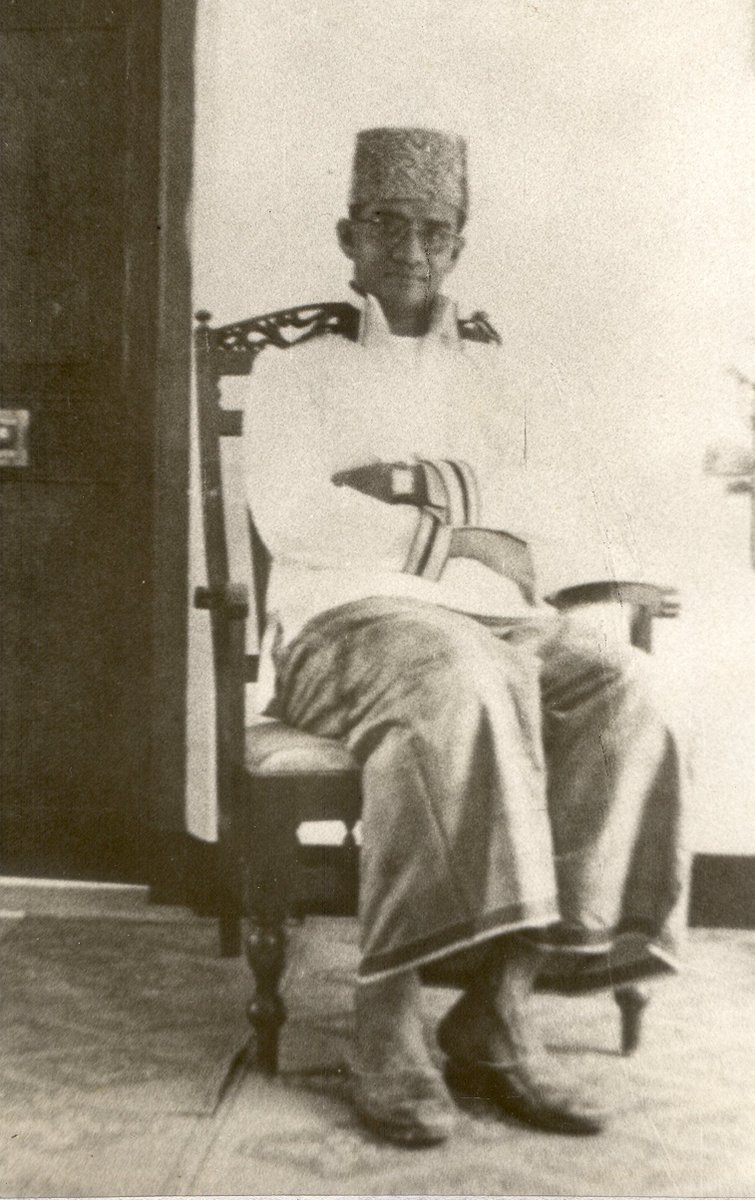
Amin Didi was a member of the Athireege family, one of the two most significant political dynasties in the 19th and 20th century. On his father's maternal side, he also belongs to the Kakaage, the second political family. He was a true Athireege member, though, politically. 

The Athireege dynasty dominated national politics from Sultan Muhammad Shamsuddin (3)'s accession to the throne in 1903 until Amin Didi's overthrow on August 21, 1953. They eventually overthrew the Huraage Royal Dynasty and ascended to the throne. 
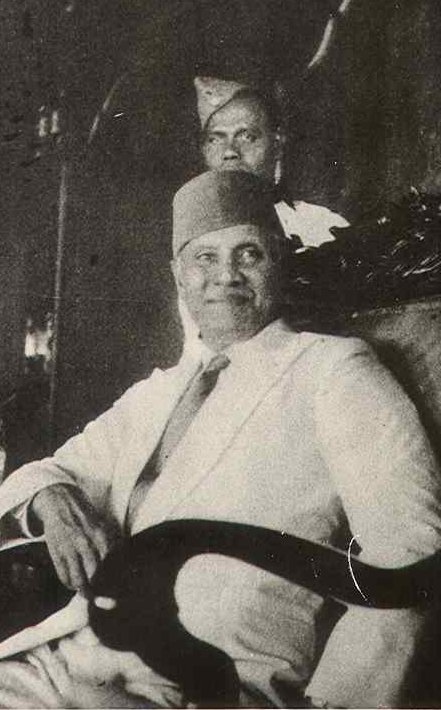
Sultan Muhammad Imaduddin (6), who was in Suez, Egypt, was overthrown on March 11, 1903, and Sultan Muhammad Shamsuddin (3) was anointed king by Athireege political leaders with the approval of their rival Kakaage family, since Sultan Shamsuddin was maternally related to them. 



Sultan Shamsuddin selected Ibrahim Dhorhimeynaa Kilagefaanu of Athireege as the new prime minister. As long as his own comfort was not compromised, Mohamed Rannaban'deyri Kilagefaanu of Kakaage was happy to leave the reins of power in the hands of his old political rival. 

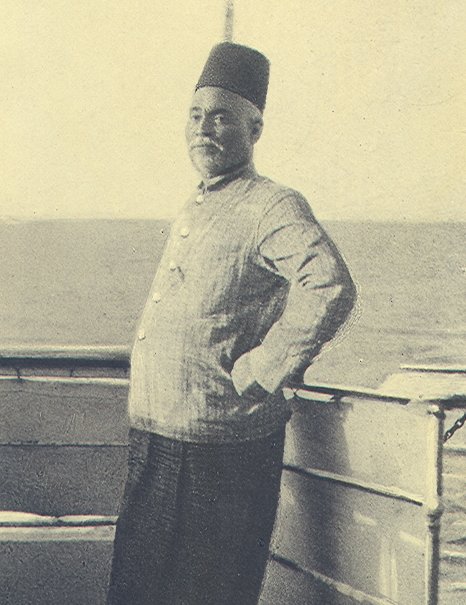

Up to his passing on March 31, 1925, Athireege Ibrahim Dhorhimeynaa Kilagefaanu served as prime minister. His assistants were his two sons, Ahmed Didi and Abdul Majeed Didi. After his passing, Abdul Majeed Didi (later Rannaban'deyri Kilagefaanu) was appointed prime minister. 

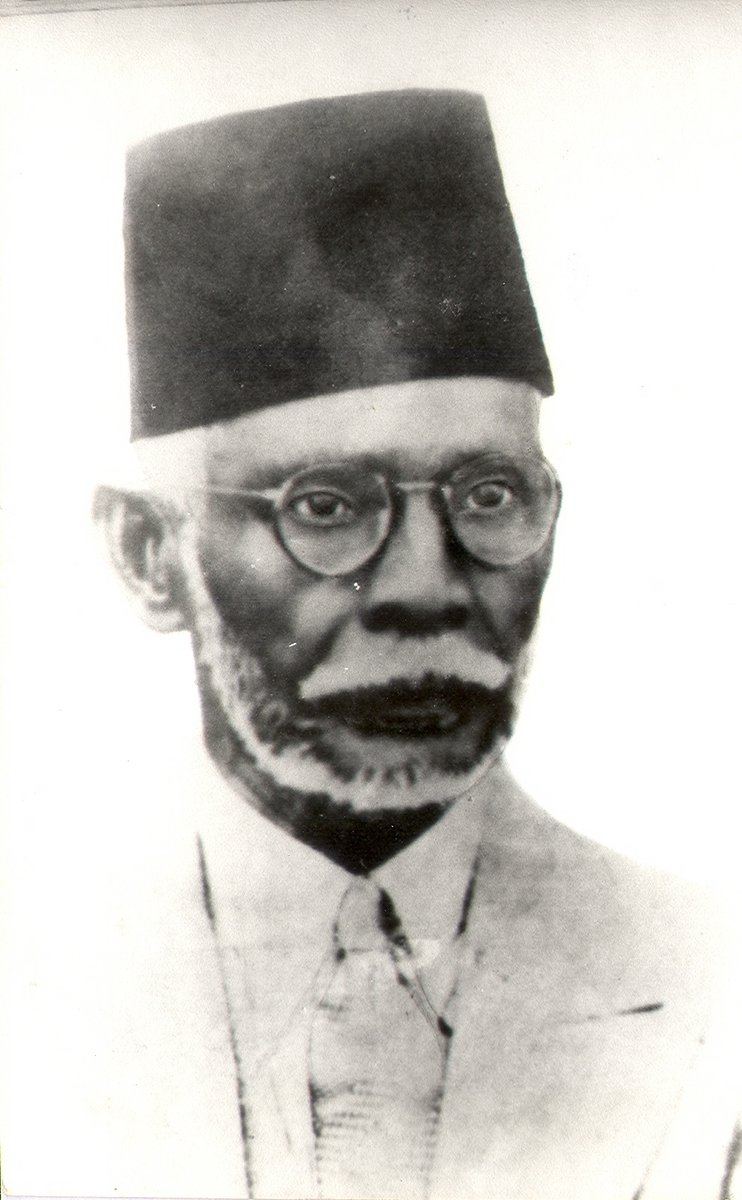

Until October 14, 1932, Abdul Majeed served as prime minister. His eldest son Mohamed Farid Didi replaced him as Prime Minister and he became the State's Chief Advisor. Mohamed Fareed was later reappointed prime minister under the first written constitution, of December 22, 1932. 
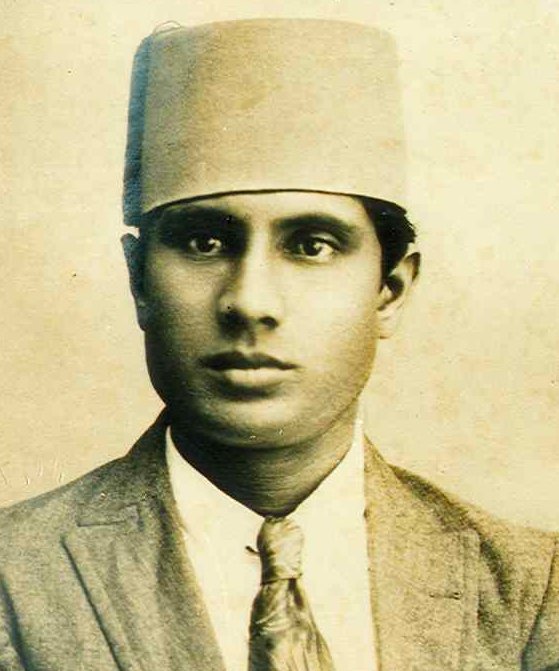
The Constitution of 1932, as well as the constitutions ratified by Sultan Mohamed Shamsuddin (3) on July 5, 1934, and Sultan Hassan Nooraddin (2) on January 27, 1937, all designated Prime Minister Mohamed Farid Didi as the head government. The Sultan was the head of state. 

In accordance with the constitution, the prime minister's authority over the executive branch of government was removed on April 23, 1942, and handed to the interior minister (Hassan Farid Didi at the time), making the monarch and the prime minister joint heads of state. 

The People's Special Majlis resolved to annul the prior Constitution and name Interior Minister Hassan Farid Didi as the nation's Supreme Leader on January 31, 1940, before the 1942 Constitution was written. However Hassan Farid Didi reportedly refused to accept it. 
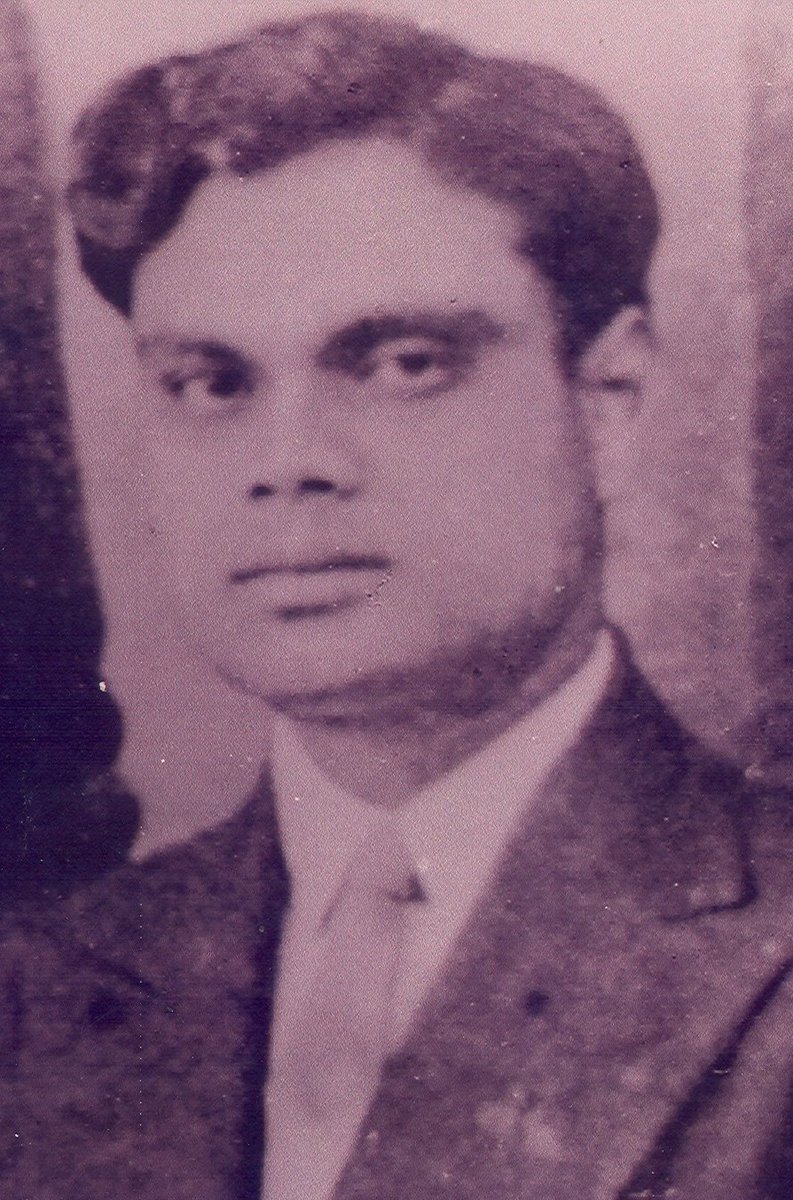
During this time, Amin Didi, the son of Abdul Majeed's brother Ahmed Dhorhimeynaa Kilagefaanu, held a number of government positions. Following Abdul Majeed, Hassan Farid Didi and Amin Didi were the two members of the Athireege family that were qualified and capable to rule. 

On January 12, 1942, Amin Didi was named acting interior minister after Hassan Farid took a leave. The aforementioned constitution, which was ratified on April 23, 1942, designated the interior minister as the head of government and Amin Didi became the acting head of government. 

When Hassan Farid Didi resigned from his position on April 7, 1943, Amin Didi was named as the Interior Minister and took over as the head of the government after serving as Acting Interior Minister for a year. But Hassan Farid Didi remained the most influential political figure. 

Sultan Hassan Nooraddin (2) and Prime Minister Mohamed Farid Didi both resigned simultaneously on April 8, 1943. In order for Abdul Majeed, Chief of Athireege, a non-royal, to become king, the constitution was altered and on April 12, 1943 he was eleceted king by the parliament. 

Even though Amin Didi was the interior minister, Hassan Farid, the ambassador in Colombo, was the most powerful person in the politics. On March 27, 1944, during World War II, Hassan Farid perished on the British ship HMS Maaloy, giving Amin Didi the power to rule independently. 

Amin Didi won a general election on December 21, 1950, and was named Prime Minister. The Interior Minister was no longer the head of state after the constitutional amendment made on May 31, 1951, to replace him with the Prime Minister. Amin Didi held both positions at the time. 

The parliament named Amin Didi the Waliyul Amr (Supreme Leader) on October 20, 1951, because Abdul Majeed, had not yet been crowned. Following the death of Abul Majeed on February 25, 1952, Amin Didi was regarded as the only person capable of ruling the nation. 

The People's Majlis debated "the system of government" on April 12, 1952, and a special committee was formed to plan it. It was decided by the committee that it was necessary to turn the Maldives into a republic after conducting discussions at Mohamed Amin Didi's home, Athireege. 

People from Māle & other islands present in Māle at the time were notified about the vote to change the form of government on April 14 & 15. Amin Didi stated at the briefing that "at the request of the people, it has been determined necessary to turn this place into a republic." 

The Maldivians have consistently been obedient to their rulers. As a result, the masses supported the desired form of administration, and on April 16, 1952, those in attendance in Maale voted to abolish the monarchy and establish a republic with Mohamed Amin Didi as its head. 

On January 1, 1953 Amin Didi and Ibrahim Mohamed Didi were sworn in as president and vice president, respectively, signaling the change from a monarchical to a republican system. He was also the Prime Minister and concurrently assumed the roles of head of state and of government. 

On August 21, 1953, following a coup or, as some could describe it, a revolution, he was detained on Dhoonidhoo Island while serving as the Waliyul-Amr, the nation's President and Prime Minister, and was forced to resign from all offices. 

He attempted to reclaim his lost power with the aid of Ibrahim Hilmy and Shamsuddeen Hilmy on December 31, 1953, but was severely injured in a mob attack. Later he was arrested, tried, and exiled to Gaafaru and later to Vihamanaafurhi, where he passed away on January 19, 1954. 

• • •
Missing some Tweet in this thread? You can try to
force a refresh












